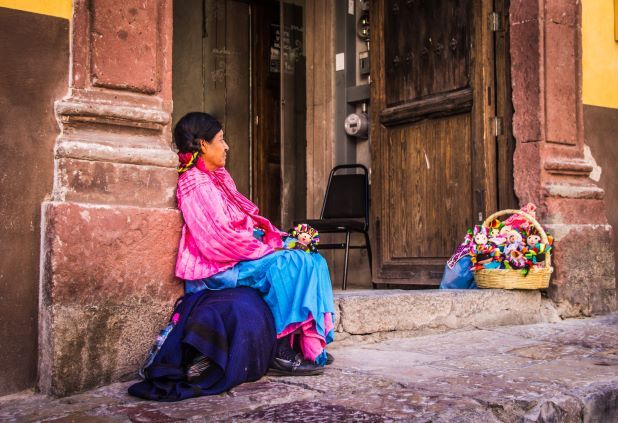The autonomy of Mexico's indigenous peoples today
One of the primary demands of indigenous peoples today is the acknowledgment of their right to self-determination. As their claim of colonial oppression lasting over 500 years has been verified, it is reasonable for them to make this demand.





